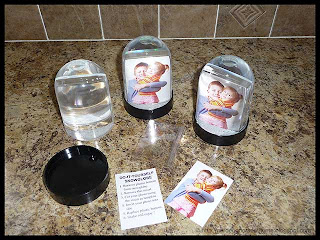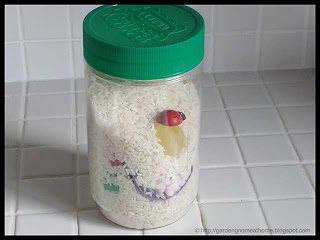Mother and Child
I do a lot of arts and crafts in a wide range of materials. A few years ago I was looking for that extra special something to use for a scrapbook I was working on. I came across
scherenschnitte which translates from German into English as
cutting with scissors. What I found so appealing was the intricacy of the designs. In many ways they are a type of silhouette that may or may not be cut from the traditional black paper used in silhouettes. Some as the design (pictured) I chose were symmetrical for the border but asemmetrical for the inner portion while others were entirely symmetrical. By default the paper snowflakes everyone learns to make in elementary school is a form of scherenschnitte. The snowflake is symmetrical and cut with scissors.
The design I chose was one of mother and child. It was on the intricate side of designs. I used a variety of materials to create the end result.
Materials:
1 sheet ivory card stock
1 sheet navy blue card stock
Fiskar's rotary cutter
Fiskar's narrow point craft scissors
manicure scissors
craft knife
craft cutting board
pattern
printer
two sided scrapbooking tack tape
Free scherenschnitte and silhouette patterns can be found online and many more are available for purchase. If looking for a free pattern use the term
free silhouette clip art along with a specific term like
mother and child to narrow down what you are looking for. I found a pattern I liked and downloaded it. I resized the pattern to leave a ¾- inch border when placed on an 8½ - inch by 11 - inch sheet of cardstock. I then rotated the image 180º CW so the pattern was reversed. I set the printer to draft mode so it would print in a very pale grey and printed the image on the ivory card stock. I was then ready to do my paper cutting.
The printed side with the pattern is the back side of the work. For the entire cutting process the piece is worked from the back. Once you start cutting it is extremely important to go slow and use considerable patience as a misplaced cut will ruin the design. This would especially annoying if the piece was almost finished. Be warned that this is not a project that can be finished in one day either. The grey portion printed on the back side is the portion you want to keep. The unprinted portions are what you will be cutting away. The first step is to cut away any border portion before the design starts using a rotary cutter or straight edge and craft knife. The piece will be too delicate to cut this portion away after the design has been cut. For best results when cutting use the craft knife to cut cleanly from an inner corner of a shape to the outer portion. It the piece being cut away is large start with the craft knife for clean inner cuts and use the narrow point craft scissors to cut away the larger portion. This works nice for large background pieces (eg. the background space around mother and child in my pattern). Work slowly to prevent any miswanted cuts. Once all of the non-printed sections have been cut away, the remaining grey on the back is the reverse of the right side. Flip the piece over and mount as desired on another piece of cardstock. Use two sided scrapbooking tack tape to secure the piece to the cardstock. Place the finished piece in a picture frame or in a page protector if using for scrapbooking.
Garden Gnome
©2006-2010




































